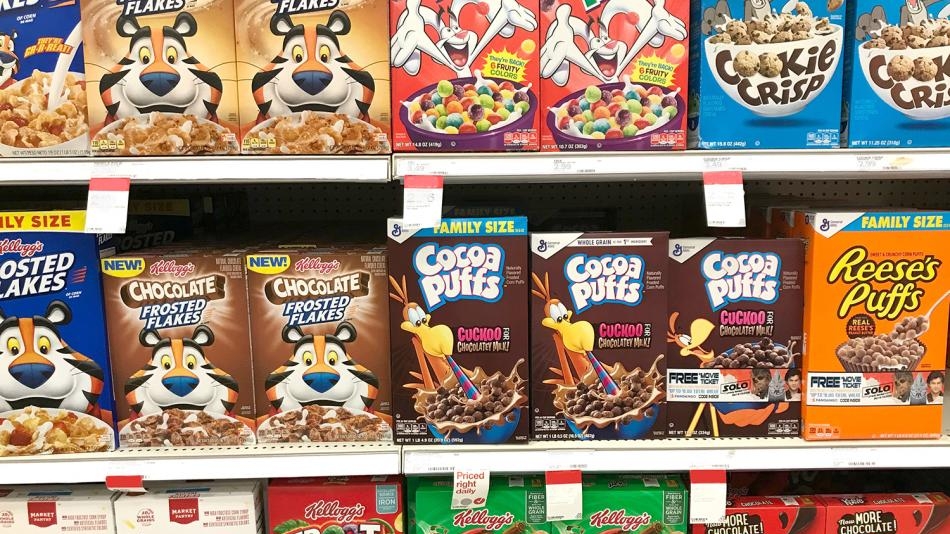
When you think of a quick, convenient, and seemingly nutritious breakfast, cereal often tops the list. However, a recent viewpoint challenges this perception, labeling cereal as a potential junk food. This audacious claim has sparked a debate around the nutritional value and health implications of cereal, prompting a closer look into this widely consumed breakfast staple.
Rebranding Junk Food as Ultra Processed Foods
In an article published on Unsettled Science, the author discusses the rebranding of junk food as ultra-processed foods (UPFs). This shift in terminology is not merely a marketing ploy but a new way of categorizing foods based on their level of processing. The article also introduces the Nova food ranking system, which sorts foods into four groups, depending on the extent of processing they’ve undergone.
However, the UPF category has been met with criticism due to its ambiguity and potential influence on government regulations. An intriguing point of contention raised is the perceived bias against red meat in the Nova system, which might impact dietary guidelines.
Investigating the Nutritional Quality of Processed Foods
In response to the multifaceted discussion on UPFs, Professor Kathleen Melanson has initiated a study, funded by a $300,000 USDA grant, to provide a contextual understanding of processed foods. The study aims to dissect the nutritional quality of these foods and how they should be appropriately categorized.
The research, as reported by the University of Rhode Island, will compare the nutritional quality of minimally processed food with high nutritional value to highly ultra-processed food with varying nutritional quality. It will also evaluate energy intake, satiety, and eating behaviors of the participants.
Additionally, the study will employ an online survey to assess consumer perceptions regarding the level of processing and nutritional quality of different foods. The ultimate goal is to offer a broader perspective on categorizing food based on processing and nutritional quality, thereby informing the USDA dietary guidelines.
Cereal: Healthy or Harmful?
Coming back to the initial question – is cereal a healthy breakfast option or junk food in disguise? The answer, as with most dietary inquiries, isn’t black and white. The nutritional value of cereal can vary greatly depending on the brand, ingredients, and level of processing. Some cereals are indeed packed with essential nutrients, while others may be laden with sugars and artificial ingredients, aligning them more with the traditional perception of junk food.
The ongoing debate and research around UPFs, including cereal, underline the importance of making informed dietary choices. It is crucial to read food labels, understand the level of processing, and consider the nutritional value of the food we consume. As consumers, we should strive to maintain a balanced diet rich in whole, minimally processed foods, while treating UPFs as occasional indulgences rather than daily staples.
Ultimately, the classification of cereal as a healthy breakfast or junk food is a personal decision, influenced by numerous factors, including individual health goals, dietary preferences, and understanding of nutrition. However, the controversy around cereal serves as a powerful reminder of the complexity of nutrition science and the continual evolution of our understanding of what constitutes a healthy diet.
